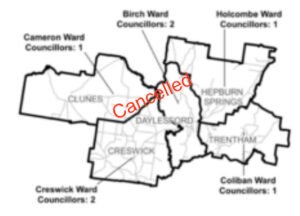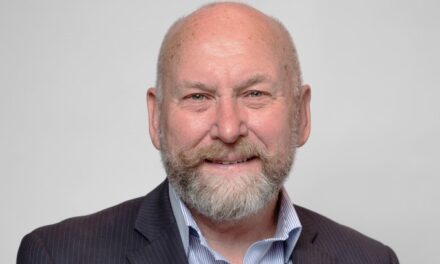Elections for Hepburn Shire will change dramatically this year. Hepburn Shire will adopt an unsubdivided electoral structure, represented by 7 councillors. This means is all voters in the Shire will vote for all Councillors rather than voting for one or two Councillors for a particular local ward.
Currently, Hepburn Shire has two wards represented by two Councillors (Birch and Creswick) and three wards represented by one Councillor (Holcomb, Cameron and Colliban).
Five councils will change to an unsubdivided structure: Campaspe Shire Council , Gannawarra Shire Council, Hepburn Shire Council, Moorabool Shire Council and Strathbogie Shire Council.
The changes follow the recommendations of the Minister’s Electoral Representation Advisory Council. The panel published a preliminary report in March 2023 with the following electoral structure models for public consultation:
-
- Model 1: an unsubdivided electoral structure with 7 councillors.
- Model 2: a subdivided electoral structure with a total of 8 councillors, 4 wards and 2 councillors per ward.
- Model 3: a subdivided electoral structure with a total of 7 councillors, 7 wards and 1 councillor per ward.
The Panel received 34 submissions in response to it preliminary report on Hepburn Shire. The majority of the submissions supported the creation of 7 single member wards for Hepburn Shire.
Six submissions supported the creation of a single multimember ward structure as recommended. These submissions argued an undivided electorate was a more democratic model that allowed for a broader range of representation across the shire, a greater focus on common issues and less parochialism.
In contrast, the submissions for a multiple ward structure were concerned that a single electorate structure would not reflect local issues and that larger population centres would dominate Council decision making.
In its report, the Panel concluded that seven Councillors continues to be appropriate for the population size of the Hepburn Shire. After having considered the requirements for the Local Government Act, the Panel concluded that an undivided electorate for the election of seven Councillors is the best model for promoting fair and equitable representation and good governance for voters in Hepburn Shire Council.
The Panel recognised there were arguments for and against the different models, but concluded that having one electorate prevented challenges associated with uneven population growth in different wards and the difficulties of dividing communities by continually having to adjust arbitrary boundaries. The Panel did not think having one electorate would deter candidates from smaller towns standing for election. It noted the Shire is made up of a number of townships rather than being dominated by one large town.
These changes mean that at the next election electors will vote for seven Councillors across the whole Shire. Proportional voting will be used to elect Councillors. Electors will allocate their preferences to all candidates. To get elected a candidate will need a quota of 12.5 percent of the votes.
When a candidate gets more than a quota the excess votes will be allocated to the next preferred candidate. Similarly, if a candidate does not get a quota they will be eliminated and their votes will go to the next preferred candidate. This process continues until seven candidates have a quota and are elected.
In 2020 there were 14,858 people enrolled to vote and 81 percent (12,157) voted. This year a candidate is likely to need a quota of around 1600 votes to get elected.
There is no certainty about how these change will play out in the next local government elections for Hepburn in November this year.
It remains possible that strong candidates with a significant local profile and a well organised individually based campaign could get elected primarily to support their local community. But it is more likely that groups of candidates will organise across the Shire around particular policies. Experience suggests that successful groups are likely to take into account both geographic representation and policy issues that are likely to appeal to voters.






